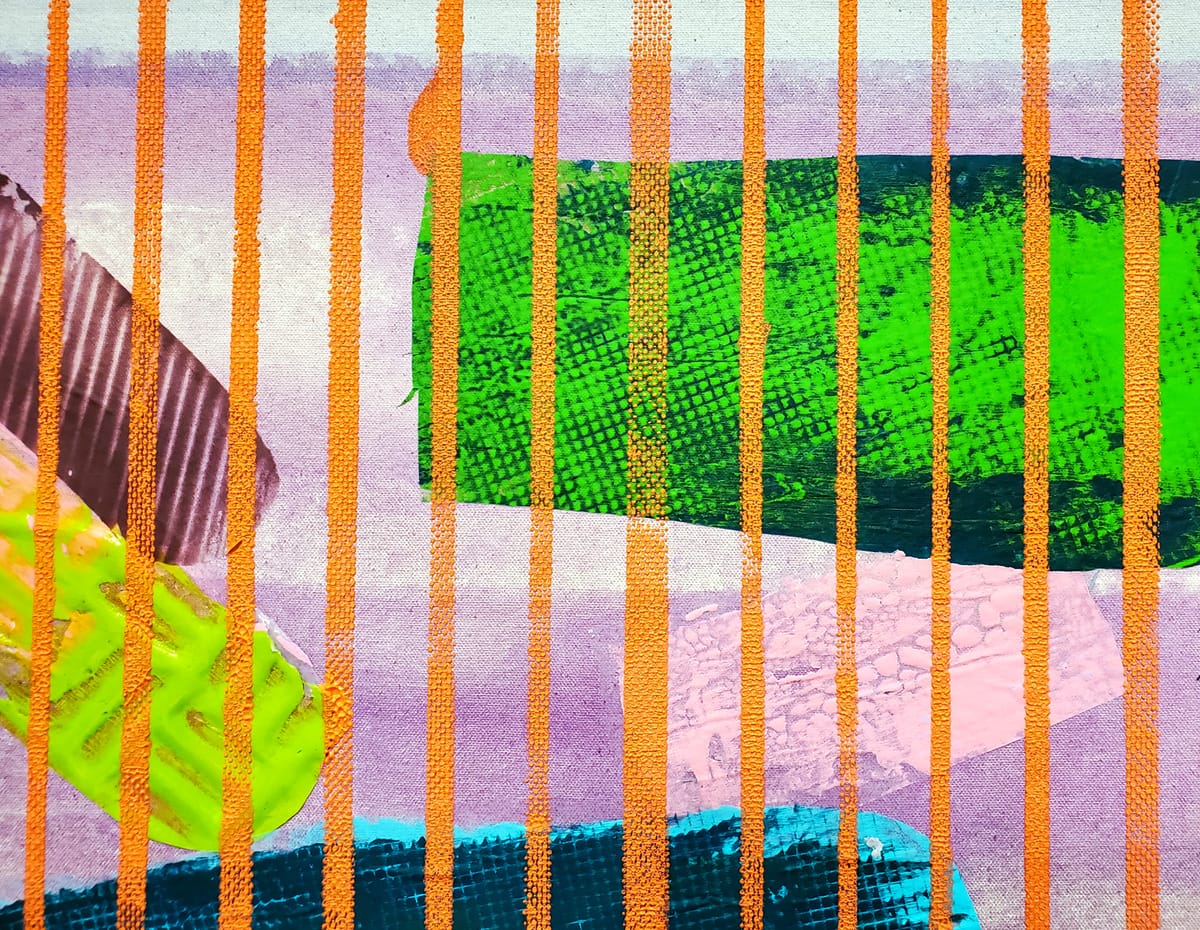Painting through it: Autumn Noire on 20 years of making art
The Wichita-based artist spoke with the SHOUT about the starving artist cliché, artificial intelligence, and living with a disability.
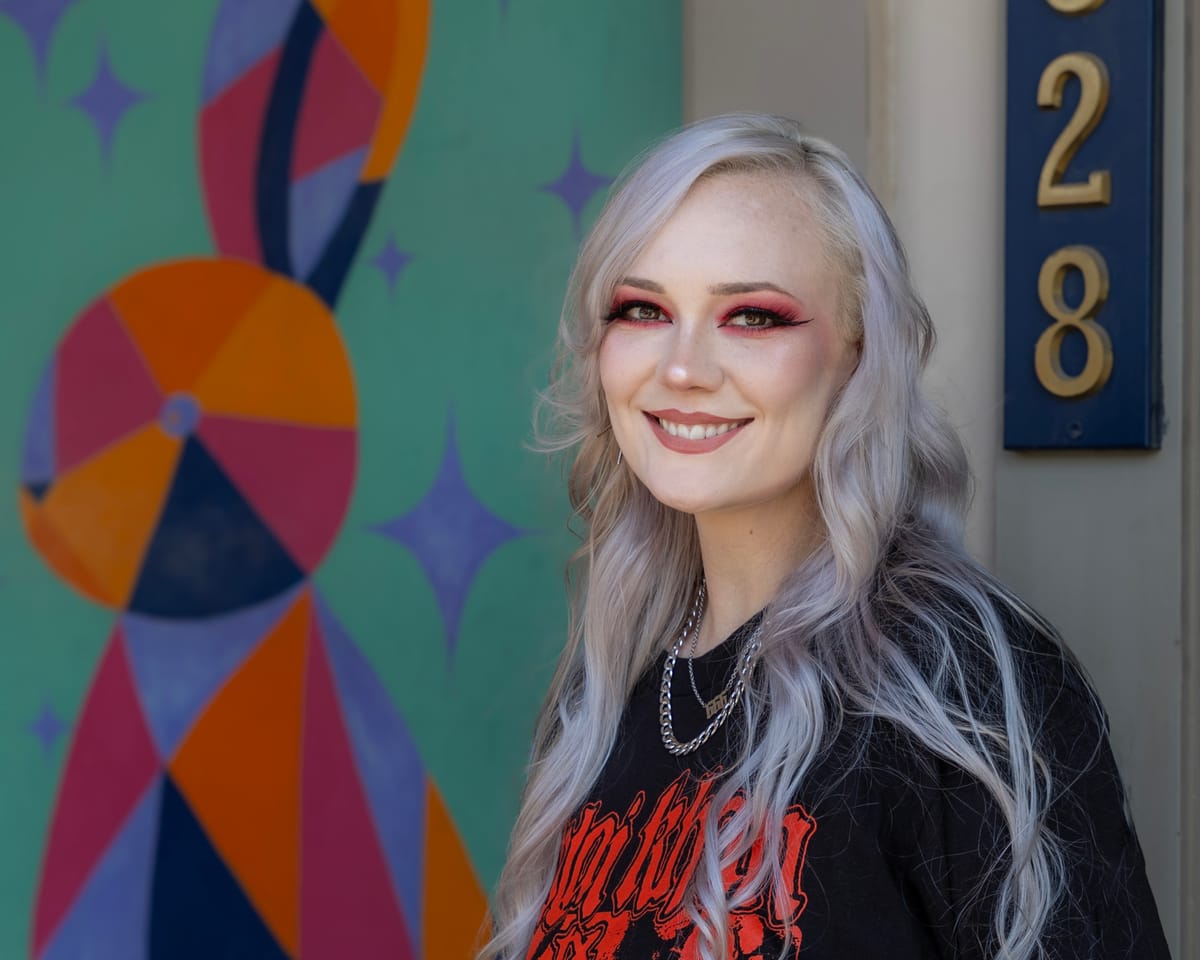
This year, Autumn Noire celebrates 20 years as an artist and painter.
“I feel so above and beyond proud of myself for sticking with anything for that long,” Noire said. “I am very scattered in my interests.”
She has other challenges, too. Like many artists, Noire works a day job to pay the bills. She also has stage 3 Complex Regional Pain Syndrome (CRPS), a neurological disorder that affects the nerves in her leg and makes any sensation interpreted as pain.
“(Art is) something that she’s never given up on, even when she's really wanted to or really considered it,” said the artist’s younger sister Audrey Noire. “She's never been afraid to try something new, so whenever she's felt like (her art) has gotten a little stale, she'll pick up a different style or a different medium.”
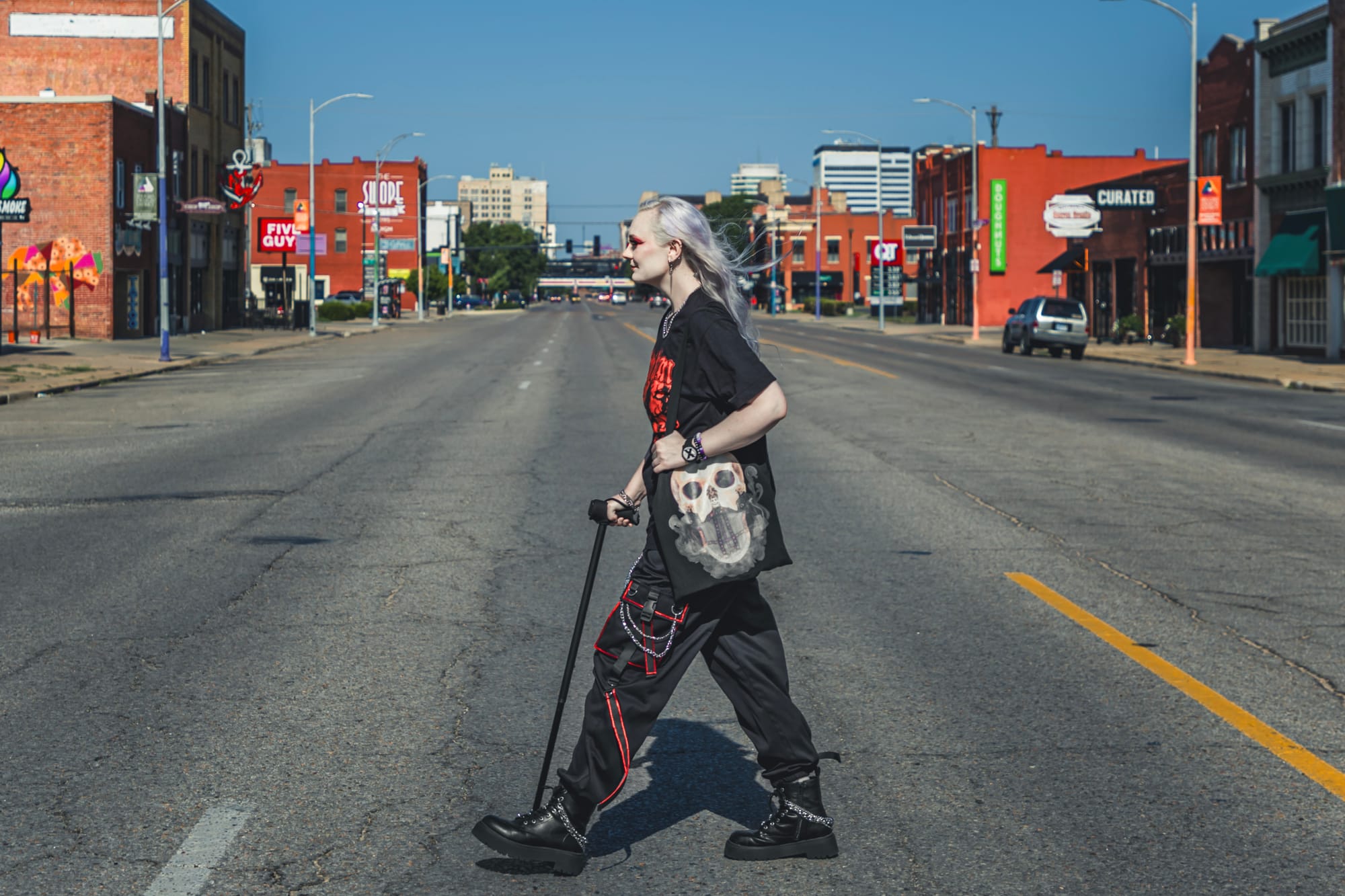
Currently, Noire is making photorealistic portraits of regular people and pop culture figures such as Slipknot’s Joey Jordison and Carrie White, the main character in the horror film “Carrie.”
Monika Maddux, owner of the art venue Monikahouse, showcased Noire’s piece “Heart Shimmer,” a digital painting of her sister, at the 2024 WinterFest Art Invitational.
“Her ability to capture emotion in her work is just amazing,” Maddux said. “Her pieces resonate deeply with me and with other people.”
Our free email newsletter is like having a friend who always knows what's happening
Get the scoop on Wichita’s arts & culture scene: events, news, artist opportunities, and more. Free, weekly & worth your while.
No spam. Unsubscribe anytime.
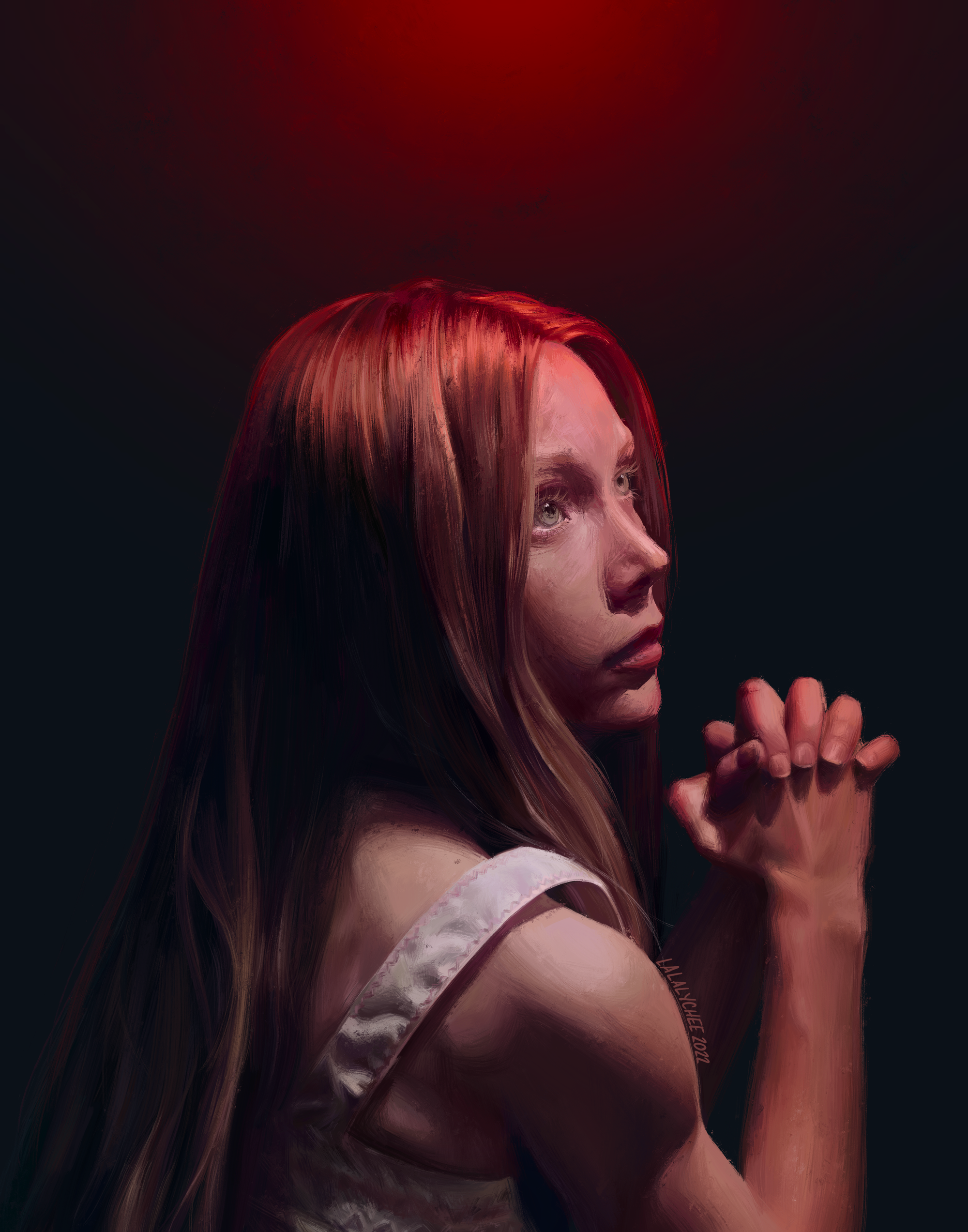
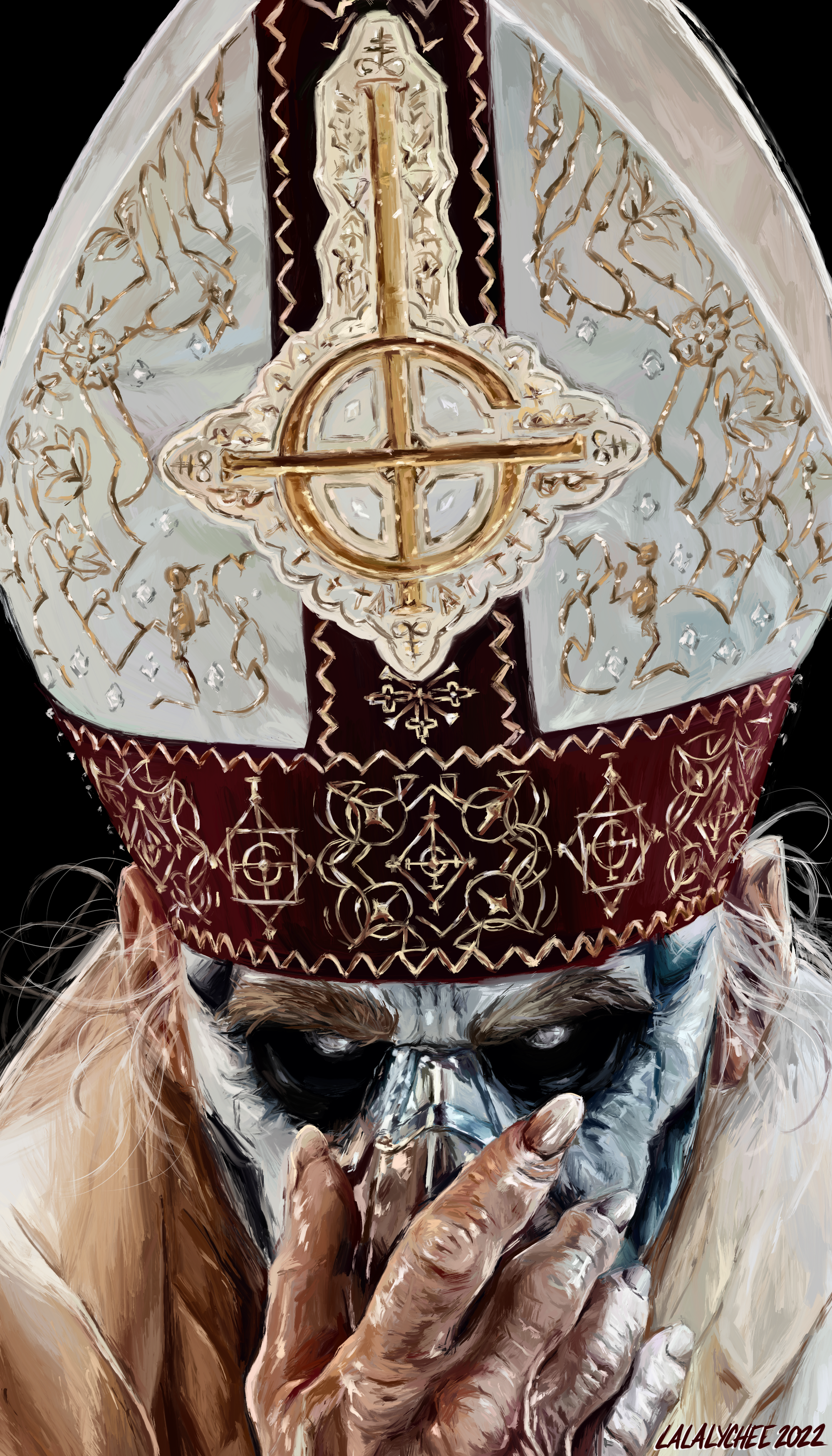
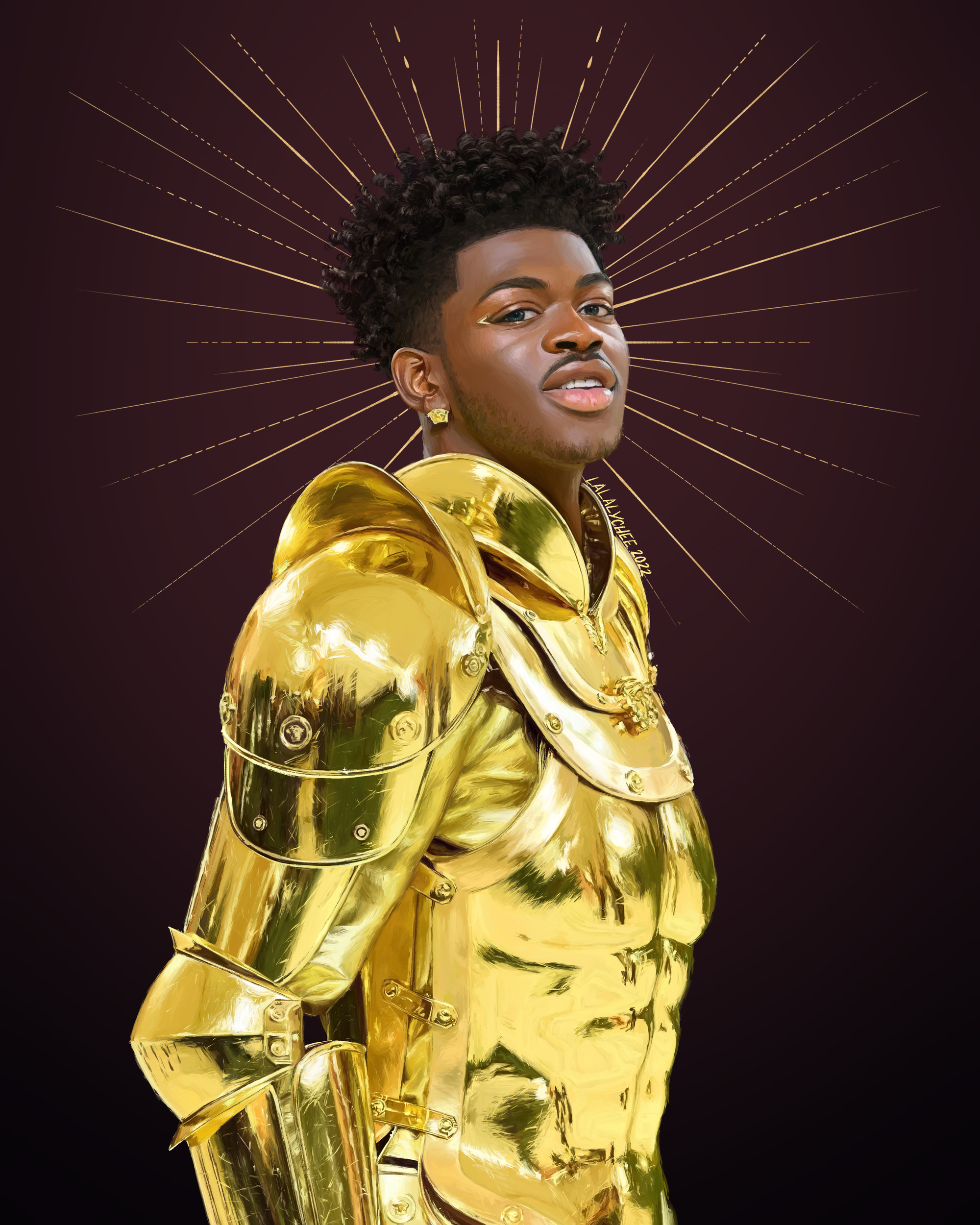
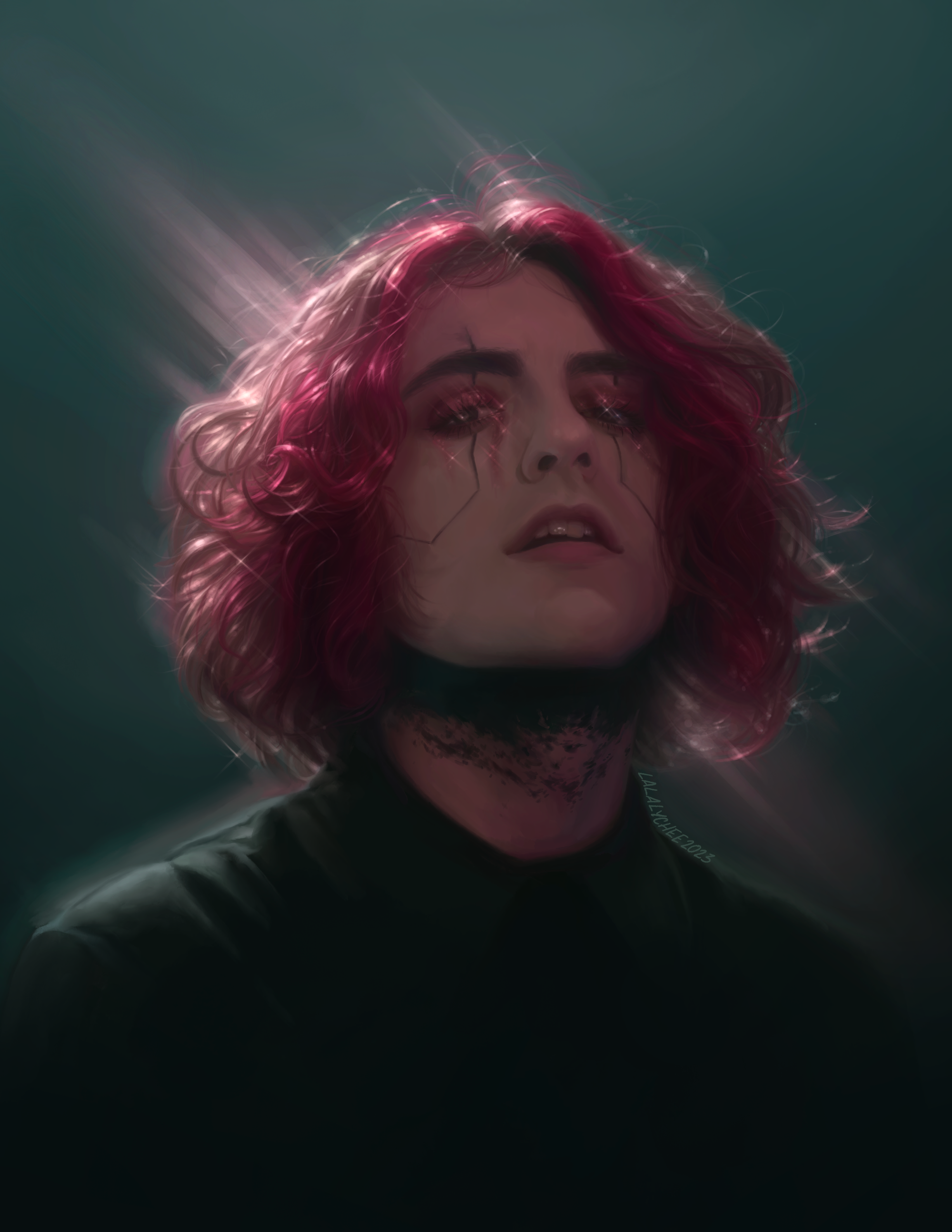
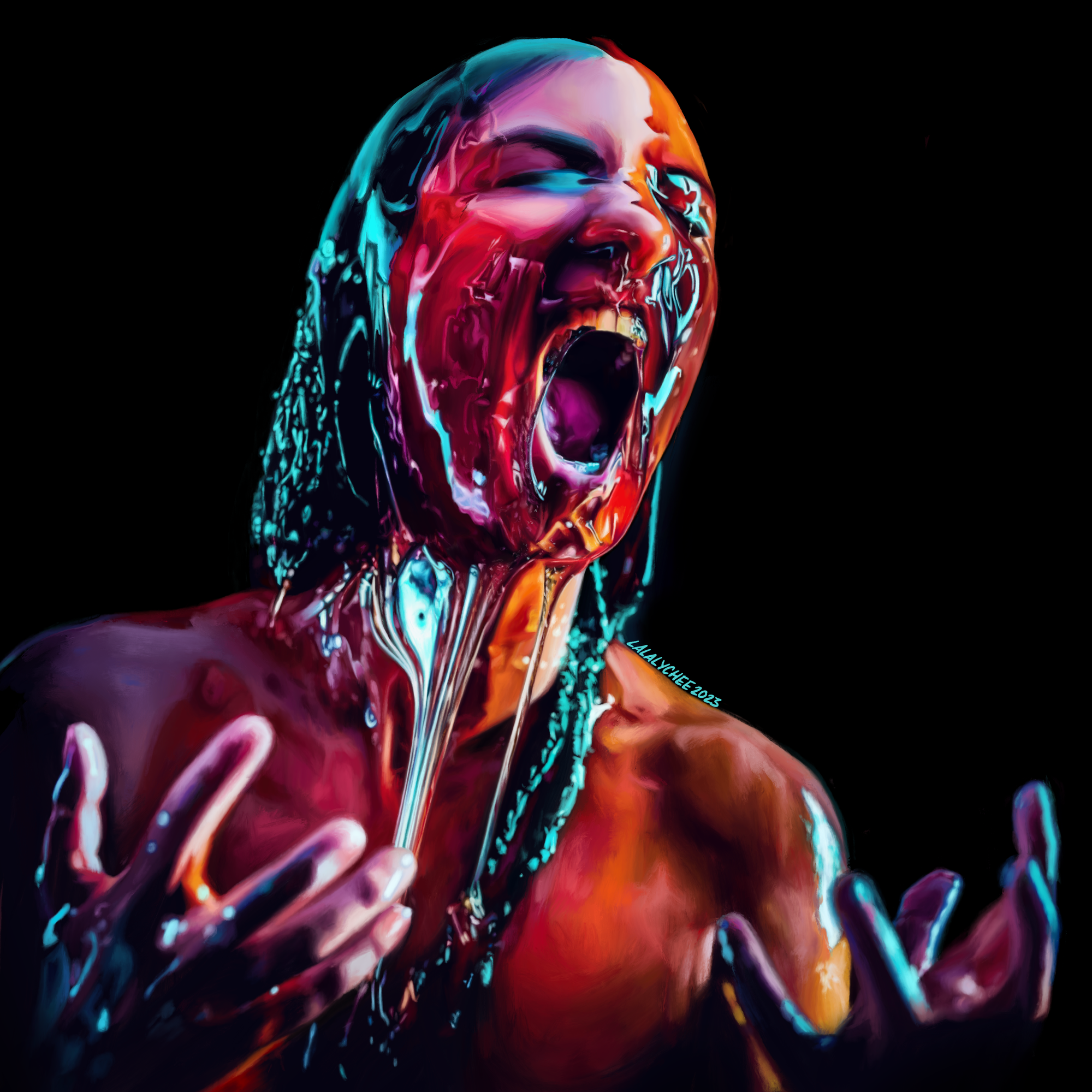
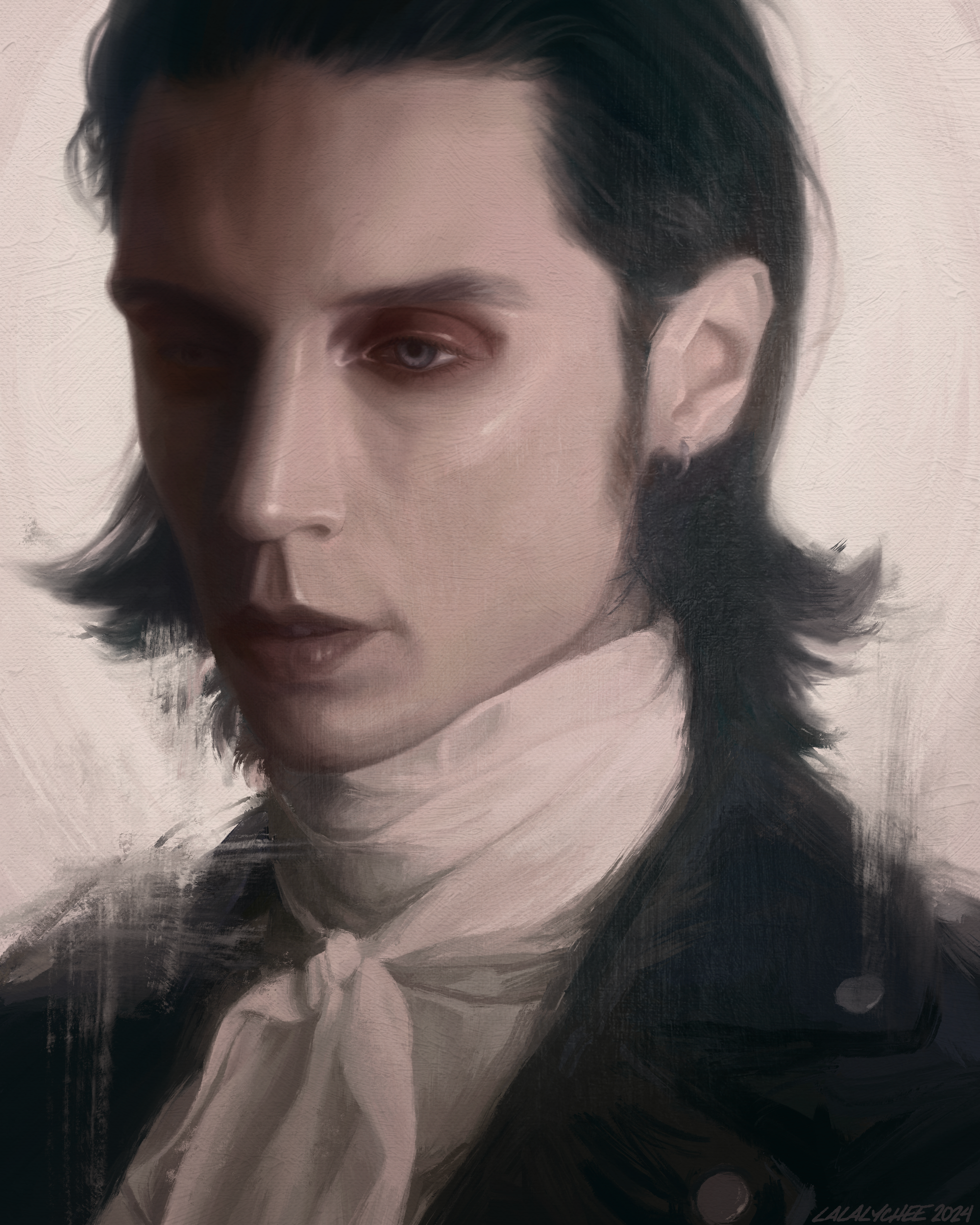
Digital portraits by Autumn Noire, from top left: "carrie," 2022, 11 by 14 inches; "i'm coming back for you, my friend," 2022, 6.66 by 11 inches; "see me thrive," 2022, 11 by 14 inches; "armageddon eyes," 2023, 11 by 14 inches; "i can't stay positive," 2023, 12 by 12 inches; "aren't you lucky?," 2024, 8 by 10 inches. Images courtesy of Autumn Noire
Maddux also admires Noire’s tenacity and dedication to her work.
“She’s pretty open about how difficult life can be,” said said. “To know that and then see somebody that still continues to push through and keep making work even though there’s just obstacle after obstacle.”
"Obstacle after obstacle" is a good summary of CRPS, which is a rare and poorly understood disorder, according to Noire.
“I don't know what that means for the longevity of my ability to paint,” she said. “My pain (is) increasing as time goes on, but I'm really stubborn. So I'd like to think that I will be painting when I'm 90, even if it hurts really bad.”
Noire said that the most important quality in someone with CRPS is perseverance.
“We don't know of any treatments that are consistent. There's certainly no cure, but scientists do not have a set treatment that works,” Noire said. “My case has been resistant to every treatment and so (what) I am told to do now is learn how to integrate a lot of pain, and that's what I'm doing, and I'll keep doing that until my body just won't go anymore.”
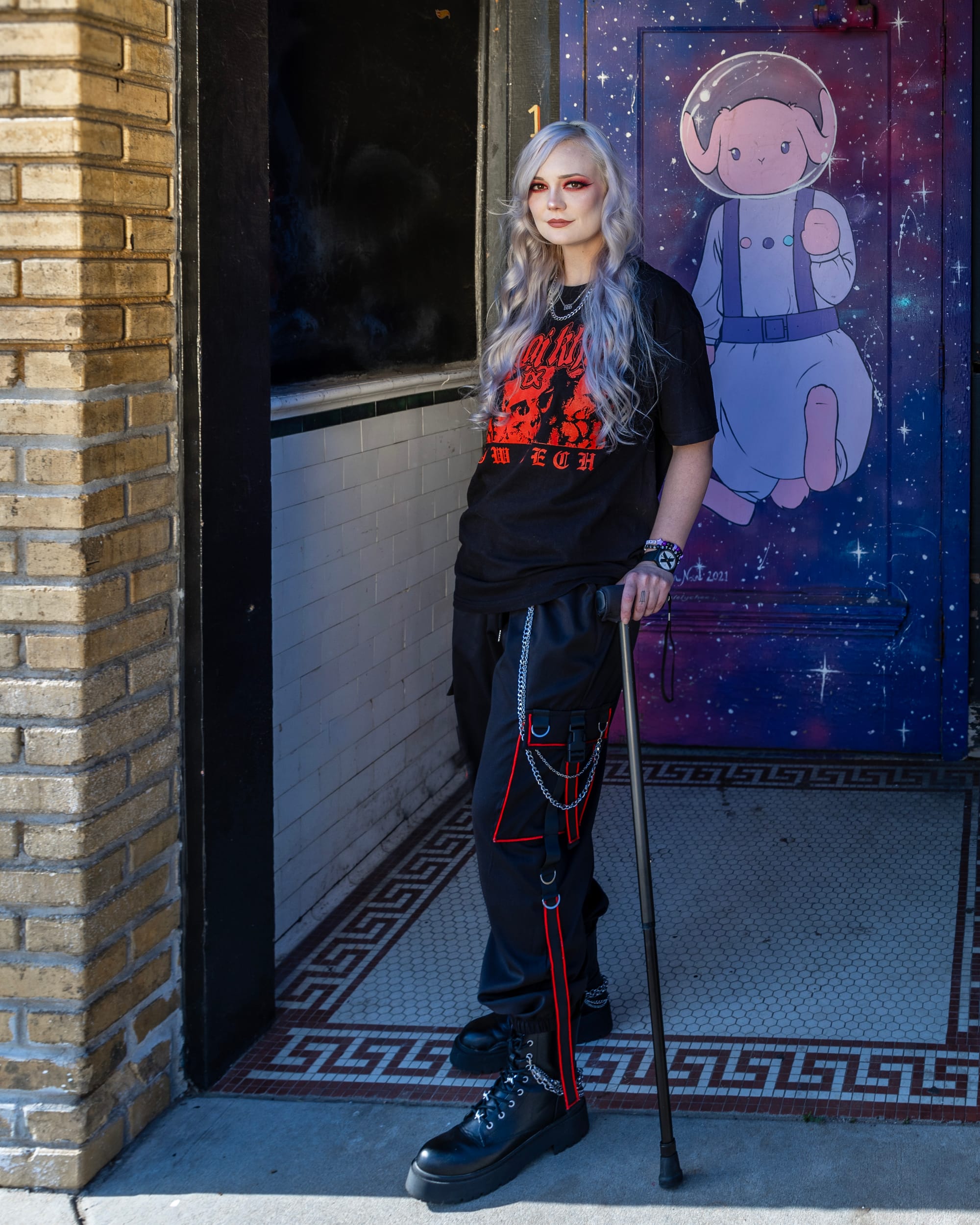
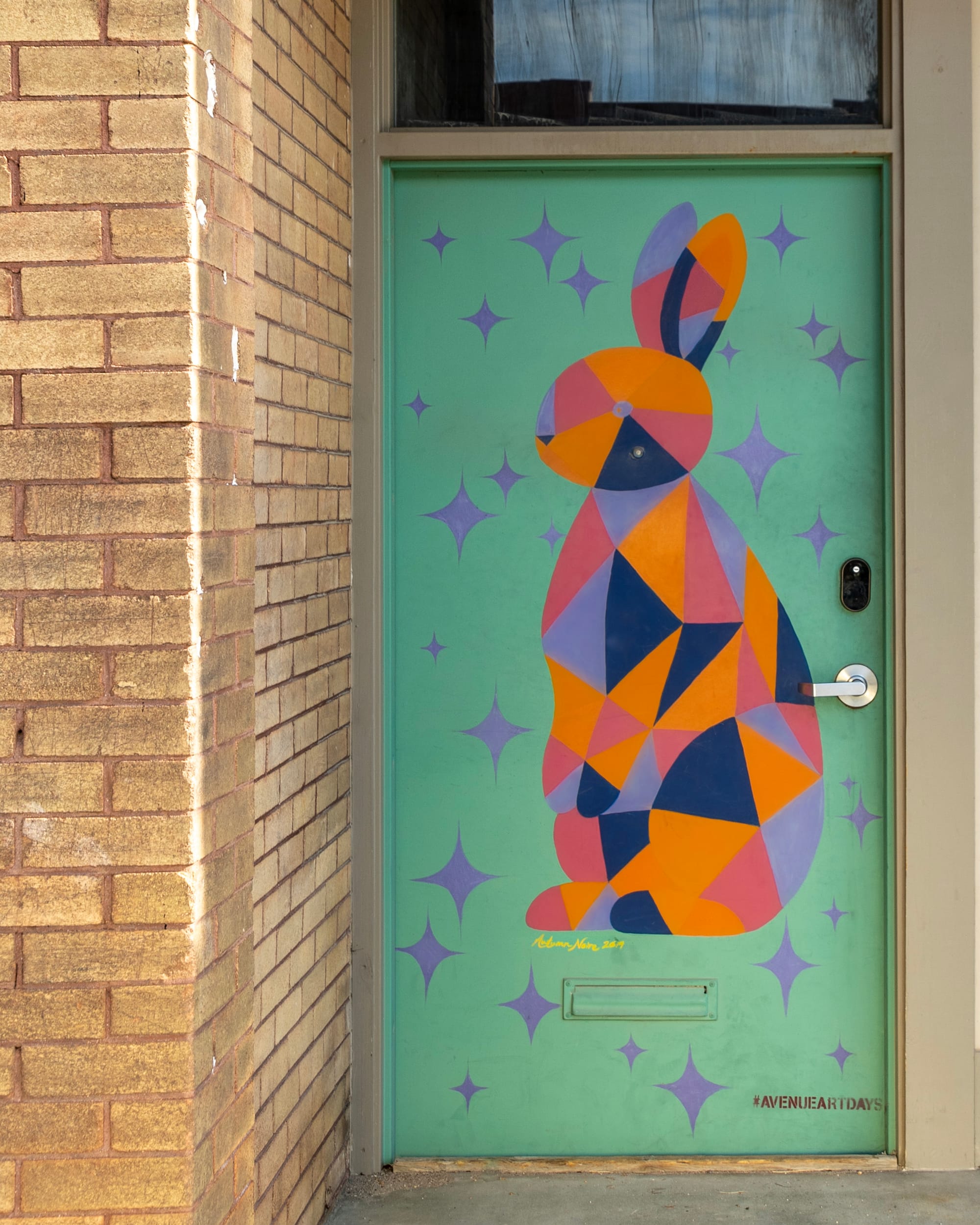
Noire painted two rabbit-themed murals on Douglas Avenue for the Avenue Art Days public art program. Photos by Kendra Cremin for the SHOUT
A roller-skating accident in 2020 triggered the CRPS, and Noire has had to learn how to live with a disability as an adult.
“It's been a very eye-opening and shocking experience, because you can think that you know what disabled people go through, you can be like, ‘oh, I have friends who are disabled, I see it, I listen,’” Noire said. “Being disabled, you see that the world does not accommodate me, disabled people at all, in any way. Everything is hard for disabled people, and I had no idea until becoming disabled myself.”
To support herself and her art, Noire works as a telephone interviewer for a call center and said that balancing her day job and her art is challenging because of her disability.
“I only have so many hours in the day that I can focus on anything beyond the pain that I’m in, which limits both my ability to work a day job and to make art,” Noire said. “There is no balance, really. I prioritize my job because I have to pay my bills, and then any energy I have left goes to art.”
Noire knows finances will always be a challenge, thanks in part to how our culture values the work of artists.
“We have that stereotype that artists will always be poor. It's the starving artist trope, and unfortunately, it is true,” She said. “I think it becomes more and more challenging as we see AI taking jobs away from artists and people undervaluing artists even more because art can be made for free, fast, by computers.”
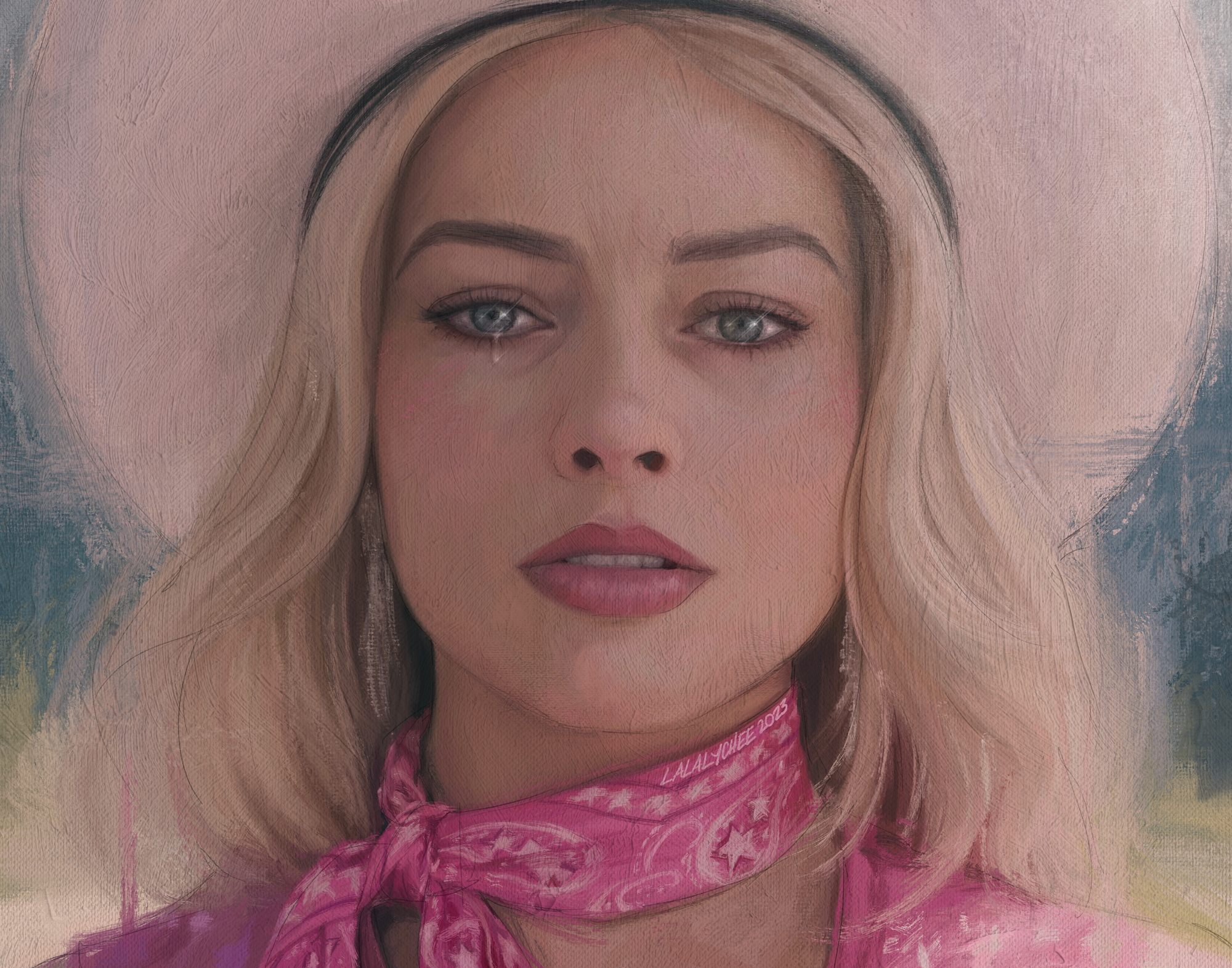
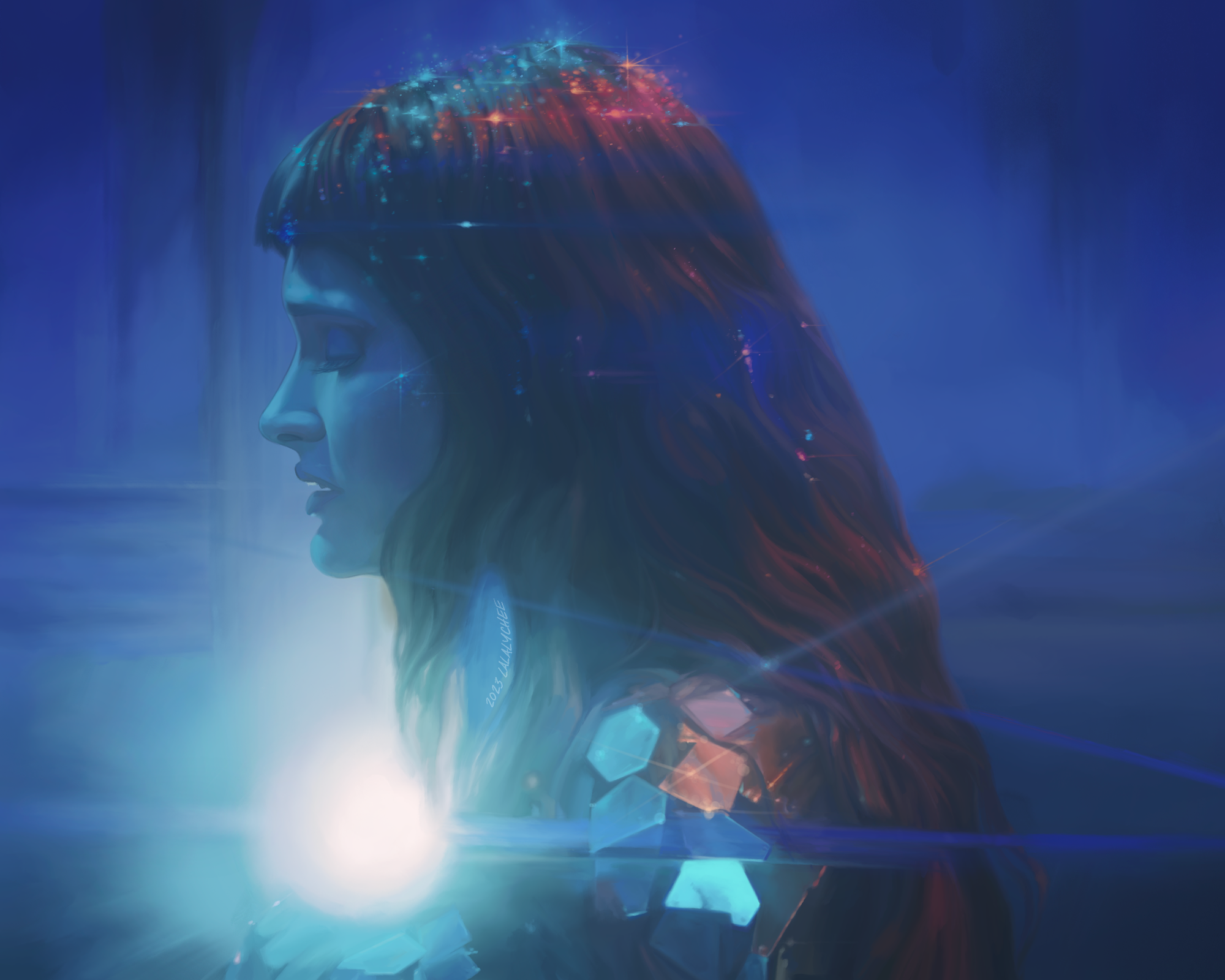
No AI detected here. Digital portraits by Autumn Noire, from left: "life in plastic, it's fantastic," 2023, 14 by 11 inches; "into the velvet sky," 2024, 10 by 8 inches. Images courtesy of Autumn Noire
The technology has real-world consequences for her and other artists.
“I think the job market is just shrinking for artists,” Noire said. “Especially as someone with a disability, it affects my ability to work.”
Noire said with how AI exists right now, it’s not OK that it acquires knowledge from artists without their consent, and she doesn’t like how AI harms the environment.
“I think that art is supposed to better our planet and better our community and AI is doing the opposite of that,” Noire said. “It is harming artist's income, it is harming our planet (and) it is getting its information in unethical ways. That's not what art is supposed to be.”
Noire began to develop her approach to art after meeting new people in middle school.
“I had just stopped competitive dancing and I needed a new circle of friends, so I ended up with the anime and manga crowd and I didn't know anything about it. Those were the kids who were nice to me,” Noire said. “They all drew and I had never drawn before … so I started drawing too, and I just never stopped.”
“I feel very proud of what my art looks like after 20 years (and) I feel like I can step back and be very proud of how hard I've worked and what the outcome is. I feel only more excited to see where I go from here.” — Autumn Noire
“She's done things on canvas, she's done paper, she has done digital art ever since she had the opportunity to,” her sister Audrey remembers. “We were little kids with the crappiest computer, and she would always find a way to get an art program on there.”
After Noire graduated high school, she attended Wichita State to further her education in art. She graduated from WSU with a Bachelor of Fine Arts in drawing and painting in 2016.
“I love that the Wichita art community is growing and that everyone tries really hard to be supportive of each other,” Noire said. “All I ever want is for our community to, as it grows, continue to be kind and supportive of one another.”
Noire shares her work through exhibitions, her social media channels, and public art opportunities such as the Douglas Design District mural project Avenue Art Days.
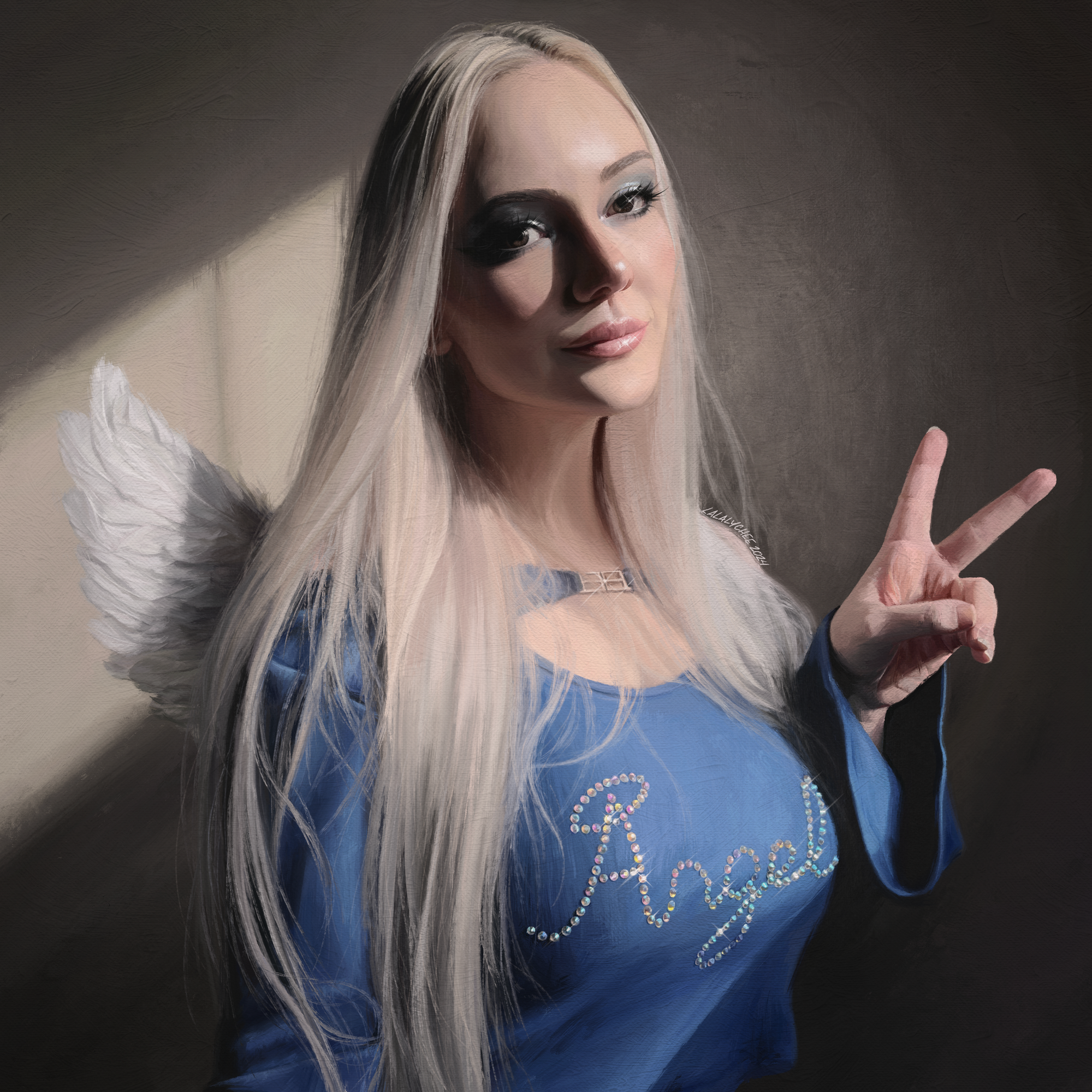
“I kept drawing until fairly recently. In the past three years I switched over to exclusively painting,” Noire said. “I'm so enamored by painting and how you can see the brushstrokes and whatnot, and I want to master that.”
Her sister has no doubt that she can.
“She's definitely had a tough go of it. We had a really rough childhood and in adulthood she has her own individual struggles,” said Audrey Noire, who describes her sister as tenacious and persistent. “She's never been one to bend to whatever life is trying to make her bend to, she's always found a way to still do what she wants and be who she wants.
“And she never does something half-assed. She's the best at almost everything she picks up.”
You can follow Noire on Instagram under the handle @lalalychee and like her Facebook page of the same name. She also shares works in progress and makeup tutorials with subscribers to her Patreon account.
Jacinda Hall (she/her) is a journalist born and raised in Wichita, Kansas. She is currently a senior at Wichita State studying journalism and English. She has been on staff at the Sunflower for the past two and a half years, most recently as the publication's podcast editor for the 2023-24 academic year. Outside of writing, Hall enjoys knitting, crocheting, playing video games, watching TV and listening to a good book or podcast.
Support Kansas arts writing
The SHOUT is a Wichita-based independent newsroom focused on artists living and working in Kansas. We're partly supported by the generosity of our readers, and every dollar we receive goes directly into the pocket of a contributing writer, editor, or photographer. Click here to support our work with a tax-deductible donation.
❋ Derby man has the kind of voice that turns heads — and chairs
❋ Socializing while sober: how some Wichitans are cultivating alcohol-free communities
❋ As a small creative business closes, the owner mourns
❋ Painting through it: Autumn Noire on 20 years of making art
❋ How a guy from Wichita resurrected 'Dawn of the Dead'
❋ Bygone Friends University museum housed curious collections
More from the SHOUT
 The SHOUTJacinda Hall
The SHOUTJacinda Hall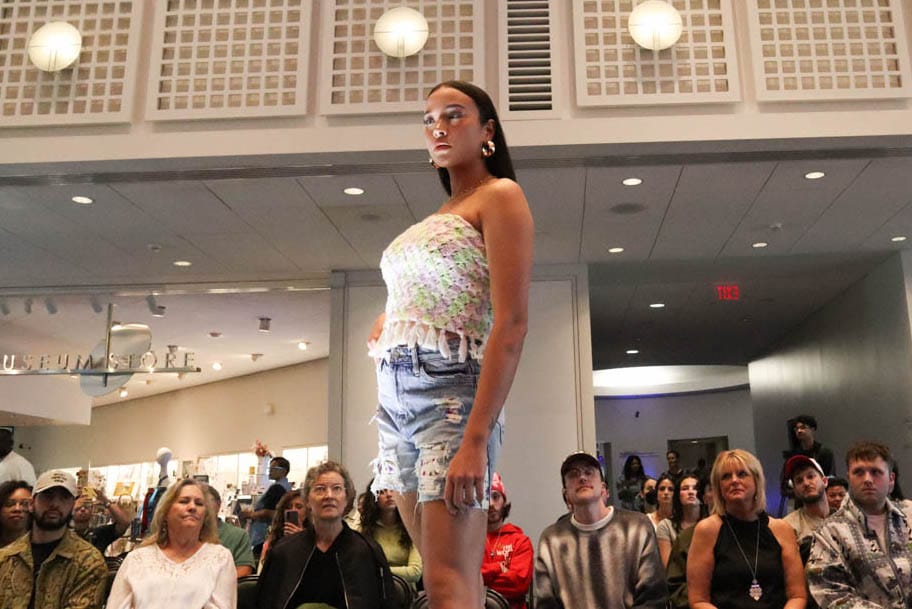
 The SHOUTTeri Mott
The SHOUTTeri Mott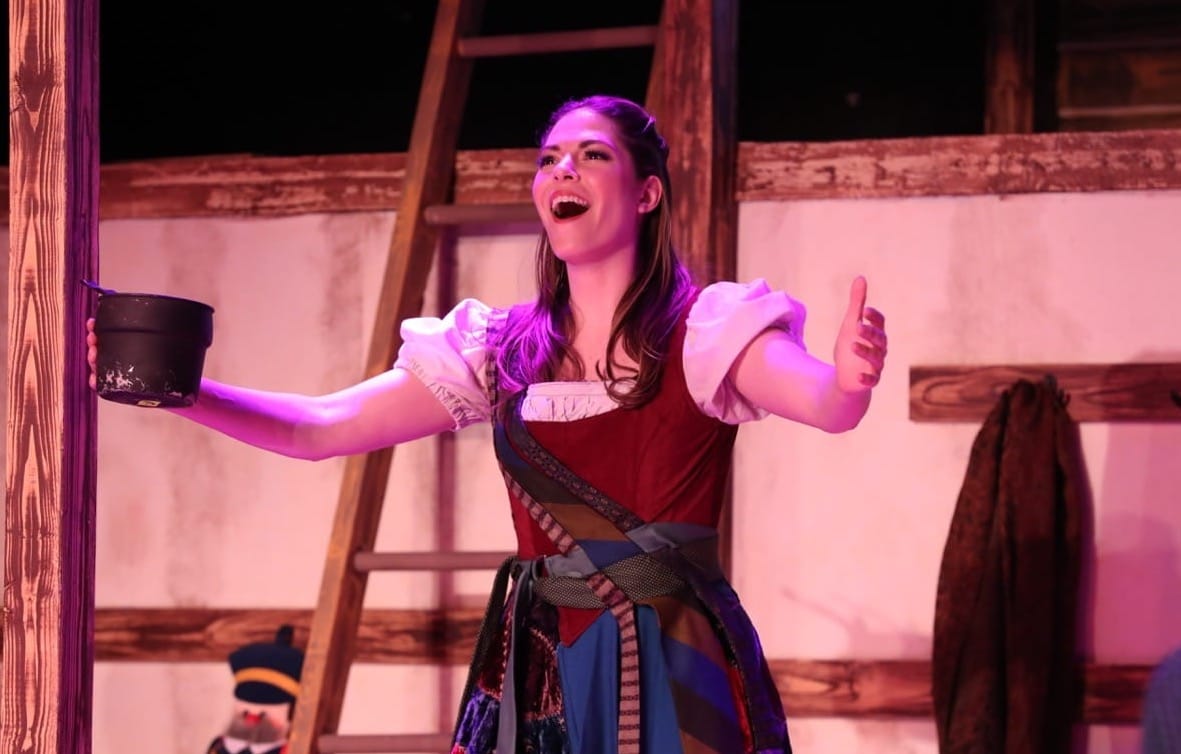
 The SHOUTChloe Lang
The SHOUTChloe Lang
 The SHOUTKevin Kelly
The SHOUTKevin Kelly